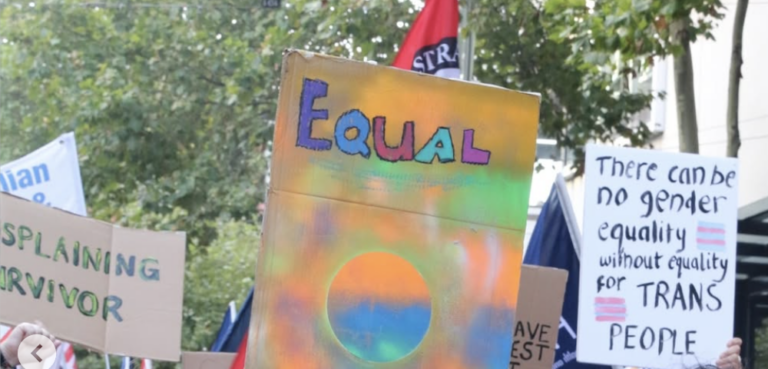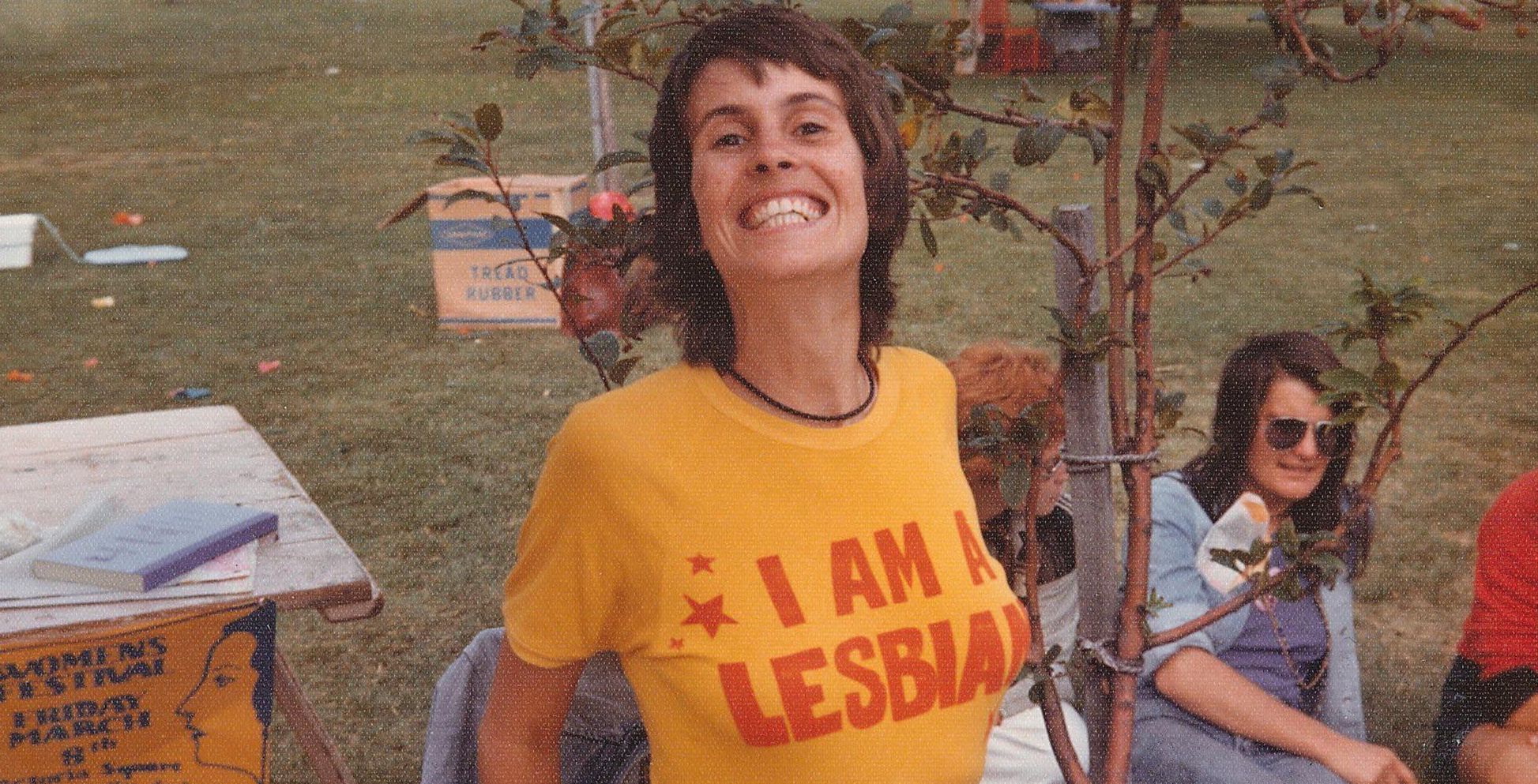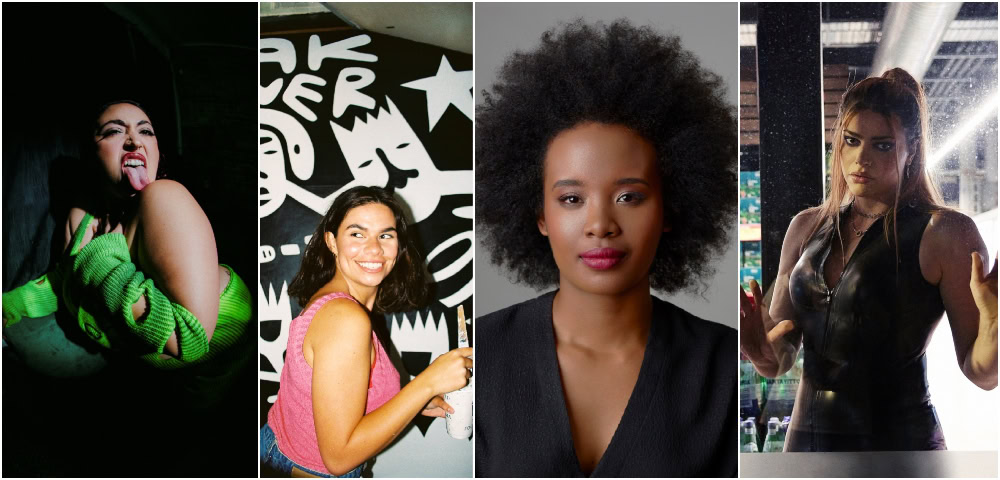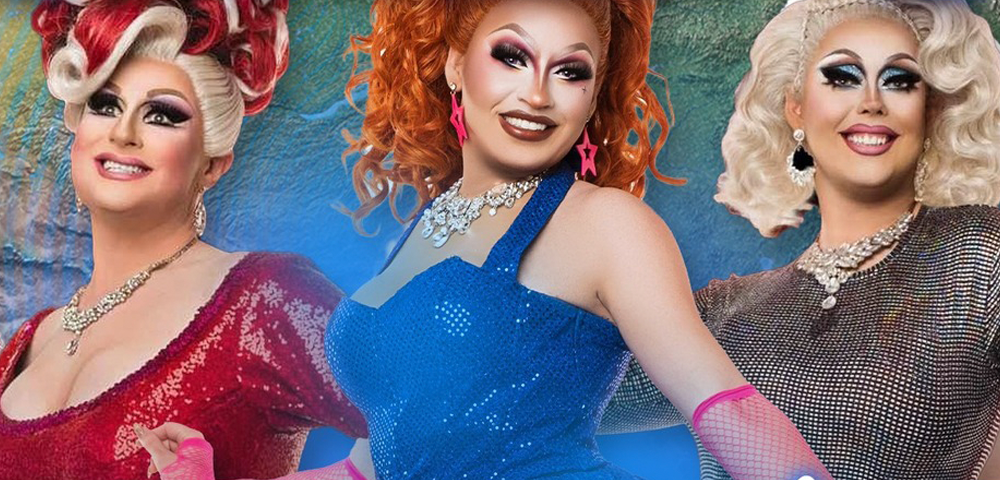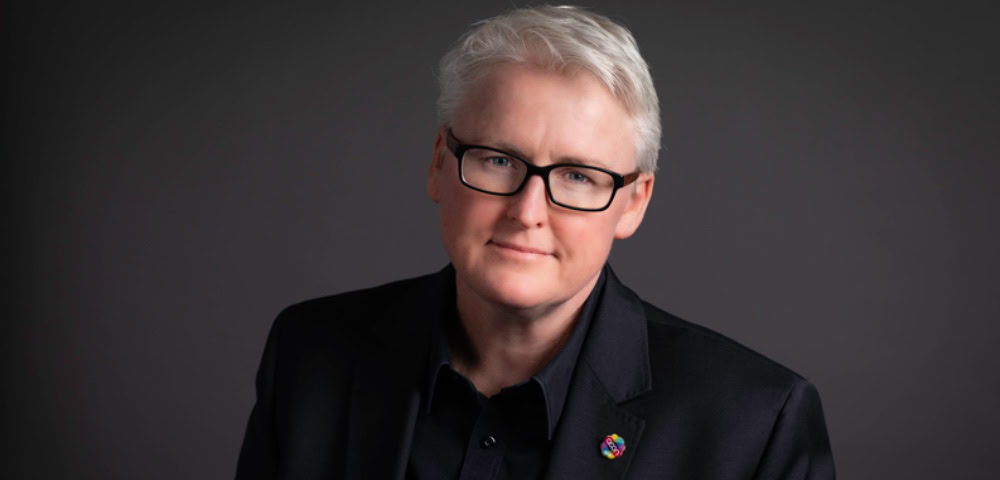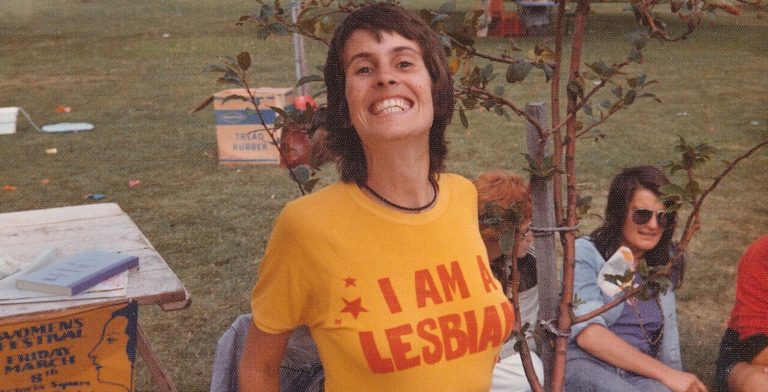
Break The Bias, Imagine A Gender Equal World
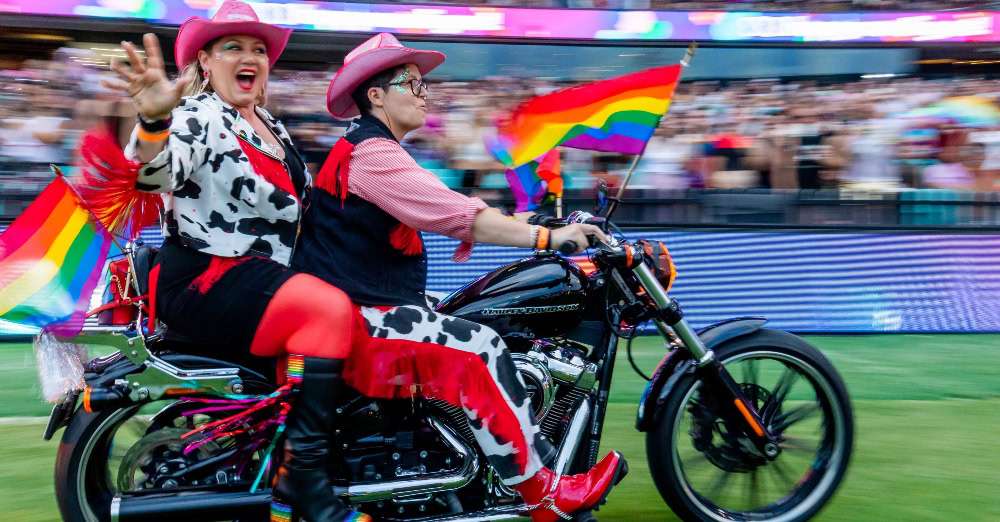
International Women’s Day is about inclusivity of the diversity of women – whether lesbian, bisexual, trans, intersex or queer (LBT+); women of colour; women from a diverse social and economic backgrounds, religions and families; women with a range of physical abilities; and gender non-conforming people. Many of these groups have been marginalised, ignored and silenced but are things slowly changing?
March 8th is the day when we meet in various forums to celebrate the social, economic, cultural, and political achievements of women and to spread the message of gender equality, in an effort to make a better society where there is no gender bias.
It is no coincidence that sessions of the United Nations Commission on the Status of Women (CSW), the foremost intergovernmental body dedicated to gender equality, begin around International Women’s Day.
What are we facing?
Recently we have seen two bills introduced to parliaments, both of which have sought to divide communities within Australia; both of which have caused pain and distress.
The latest, a bill introduced by the Tasmanian senator Claire Chandler, represents the latest vanguard of division, this time on the sporting field. More pain and distress for our whole trans community.
It Started With Protests
IWD has occurred for well over a century, with the first IWD gathering in 1911 supported by over a million people. Today, IWD belongs to all groups collectively everywhere.
In Australia, International Women’s Day has been informally celebrated since the early 1920s. The first Australian IWD rally, organised by the Militant Women’s Movement of the Communist Party of Australia, took place on March 25,1928 in the Sydney Domain. IWD marches in Sydney and Melbourne occurred in 1931.
These were protests and often involved clashes with police and other members of the community. We wear purple today because iit s a colour that symbolizes women. The combination of purple and green to symbolize women’s equality originated from the Women’s Social and Political Union in the UK in 1908, and along with white was used by the Suffragette Movement, during this time.
Maeve Marsden is a queer feminist and theatre maker, writer, and artist, she’s also the host of an award-winning podcast called Queerstories, which celebrates and highlights the diversity of LGBTIQIA+ stories from across the country. In an article by Tahne Jash in ABC Everyday, she explains how she grew up with feminist lesbian mothers and International Women’s Day marches were a big deal. But over the years, her feelings towards the event have changed.
“Protest and politics were a part of our lives and something we talked about a lot. I have really early memories of attending them, as well as other LGBTQI+ and feminist events,” Maeve says.
“These days, events celebrating a marginalised community have been corporatised so my feelings about them are fraught. There’s nostalgia, but I’m not sure I know the point anymore. I think cis women, and cis men, really need to be engaging with attacks on trans people, both here and overseas,” Maeve says.
Corporate Breakfasts
The value of these events lies in the sharing of different women’s stories. The traditional ‘Women’s Breakfast’ held this year at the International Convention Centre which features Australia’s leading credentialed coach for female executives and entrepreneurs, author and highly sought-after international speaker, Kemi Nekvapil, feminist and human rights activist Khadija Gbla, and award-winning journalist, Jess Hill.
The Remarkable Woman presents International Women’s Day 2022 will breakfast at the Ivy Ballroom on Wednesday 9th March and will feature Dr Jana Pittman, Tracey Spicer AM and Aminata Conteh-Biger who will share their stories of triumph and challenge.
But does the expense of attending these events limit their effectiveness?
Break The Bias
This year the IWD theme ‘Break The Bias’ encourages us to imagine a gender equal world. A world free of bias, stereotypes and discrimination. A world that’s diverse, equitable, and inclusive. A world where difference is valued and celebrated. Together we can forge women’s equality.
This week there are many events online and face to face in the Sydney region, rural NSW and throughout Australia to celebrate the achievements of women and girls despite the ongoing discrimination and barriers that face us. Women are still battling to be taken seriously in the public space.
It has been a long struggle. In recent years Malala Yusofzai, Julia Gillard, Jacinda Ardern, Camilla Harris and Angela Merkel have inspired women and girls to believe in themselves and challenge the entrenched privileges of patriarchy.
Still a long way to go…
In our own country we are still pounding on ‘the glass ceiling’, raging at ‘Enough is Enough’ Rallies and working towards salary justice for workers, the majority of them women, in vital areas such as welfare. Globally we watch women suffer in war torn countries like Syria, Afghanistan and now the Ukraine.
What can we do?
Wear purple, connect with women who think like you do and stay informed and involved. Our strength is in our numbers, our determination and the actions we take to support each other.
‘Don’t be too polite girls, don’t be too polite.’
